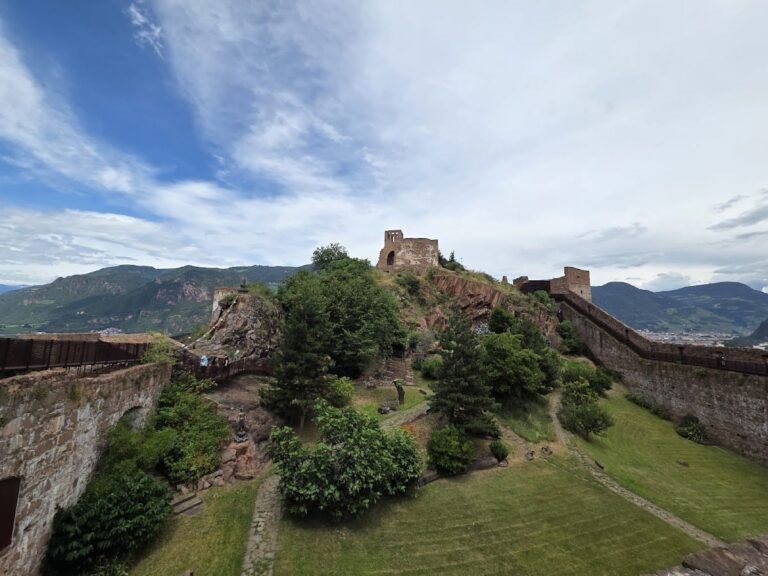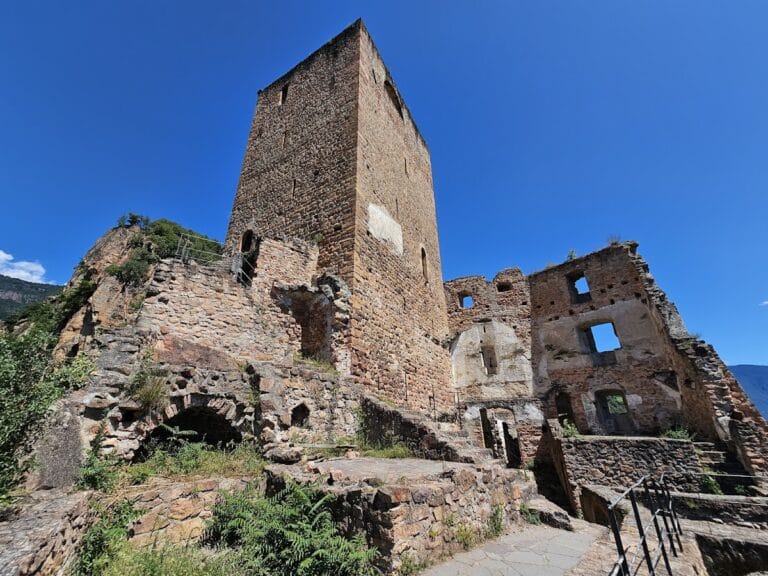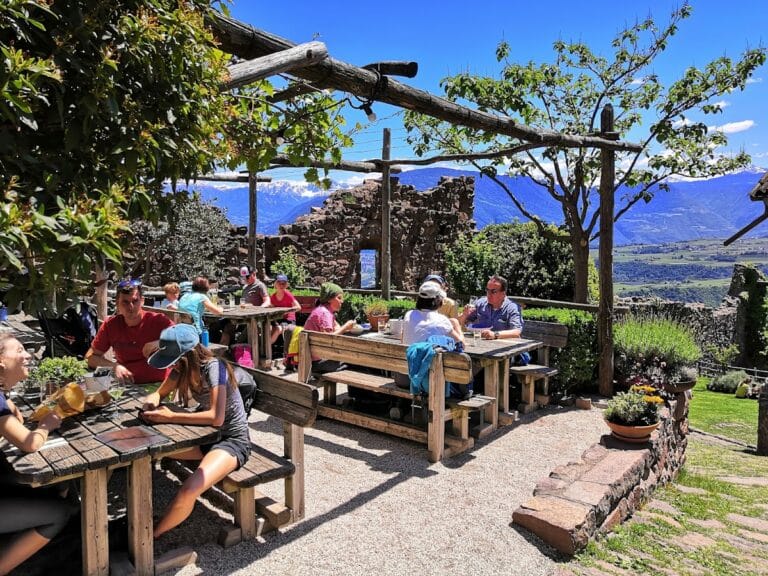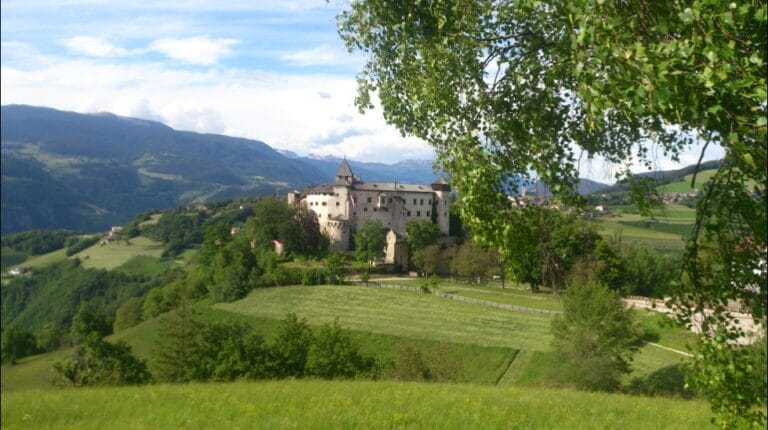Castle Ried: A Medieval Fortress in Ritten, Italy
Visitor Information
Google Rating: 4
Popularity: Very Low
Google Maps: View on Google Maps
Country: Italy
Civilization: Unclassified
Remains: Military
History
Castle Ried is located within the municipality of Ritten in present-day Italy. It was constructed by medieval European builders around the year 1200, serving as a fortified stronghold at the entrance to the Sarntal valley.
The earliest documented association with the castle dates back to 1225 when a ministerial named Heinrich de Riade is mentioned. During the mid-13th century, the fortress underwent significant expansion, incorporating residential buildings, a fortified outer enclosure known as a zwinger, and a chapel, reflecting its growing importance. By the late 13th century, ownership had transferred to the noble von Wangen family.
In 1307, the fortress changed hands again when it was sold to the wife of Duke Otto of Carinthia-Tyrol. Following this, Castle Ried became a regional administrative center under Tyrolean-Habsburg rule. In the mid-15th century, officials such as Lenhart Ortwegker managed the estate, marking its role as a seat of governance.
At the start of the 16th century, Emperor Maximilian I repurposed the castle as a customs post along the newly opened road through the Sarntal valley. Ownership passed to the Liechtenstein family by 1509. Later, in 1549, Christoph Khuepacher, an imperial secretary who served Maximilian II, acquired the property. He was granted the right to add “von und zu Ried” to his name and received an enhanced coat of arms. His descendants attained the title of Freiherren (barons) von Kuepach zu Ried.
Towards the end of the 16th century, Castle Ried provided shelter to Petre Şchiopul, the last voivode (prince) of Wallachia, who fled Ottoman advances. Petre Şchiopul died while in refuge and was interred in the Franciscan church in Bolzano. Throughout its history, Castle Ried was never taken by force.
In the 19th century, the property was acquired by the Freiherren von Ingram family, who carried out restoration work, enhancing its medieval appearance. The Italian name “Castel Novale” was introduced in the early 20th century by Ettore Tolomei during the Fascist regime’s campaign to Italianize Germanic place names. The castle remains privately owned today and was notably designated as the intended endpoint for the 1921 Bolzano fair procession. However, the march was stopped amid violent clashes known as the Bozen Bloody Sunday.
Remains
Castle Ried occupies a compact and strategically positioned site within a small basin at the Sarntal valley entrance. In medieval times, the right bank of the Talfer river encircled the castle’s walls, effectively creating a water castle, though today the river flows about twenty meters away. The fortress lacks the grandeur of a typical palace, instead presenting a modest size suited to its defensive and administrative functions.
The significant expansions during the 13th century introduced several elements that remain key to the castle’s layout. These include the residential quarters, which provided living space for inhabitants, and the zwinger, an outer ward designed to strengthen the defense by creating an enclosed area between the main walls and an outer wall. A chapel was also constructed within the expanded complex, serving the religious needs of residents and administrators.
Restoration efforts in the 19th century by the Freiherren von Ingram contributed to the castle’s well-preserved state. These interventions enhanced certain features to evoke a more castle-like character, though the fortress has retained its original medieval essence. The original coat of arms associated with the castle’s first lords displayed a black rooster set against a golden background, symbolizing the family’s identity and status.
Today, the castle stands as a largely intact historic structure, reflecting centuries of layered use. Its position near the river, the surviving defensive enclosures, and the chapel remain visible markers of its past importance as a military stronghold, administrative center, and noble residence.







